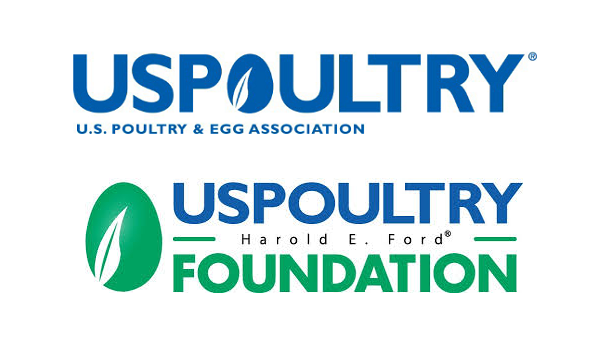
USPOULTRY and the USPOULTRY Foundation announce the completion of a funded research project by researchers at the University of Georgia that demonstrated that a safe and cost-effective mucosal immunization strategy, using adjuvanted DNA plasmids expressing known immunogenic Infectious laryngotracheitis virus (ILTV) glycoproteins delivered by calcium phosphate nanoparticles, is possible. The research was made possible in part by an endowing Foundation gift from Fieldale Farms Corporation. The research is part of the Association’s comprehensive research program encompassing all phases of poultry and egg production and processing. A summary of the completed project is below.
Project #738: DNA Immunization as a Safe and Economical Vaccination Strategy Against Infectious Laryngotracheitis Virus (ILTV) to Enhance Mucosal Protection in Primary Sites of Infection
(Dr. Maricarmen Garcia, Poultry Diagnostic and Research Center, College of Veterinary Medicine, University of Georgia, Athens, Ga.)
Control of infectious laryngotracheitis (ILT) by vaccination is a critical step in maintaining healthy and profitable poultry production. Nearly all long-lived poultry in the United States is vaccinated against ILT. Dr. Maricarmen Garcia and colleagues from the University of Georgia hypothesized that administering ILTV recombinant antigens by natural mucosal routes of viral entry may induce effective T-cell responses that can rapidly clear the virus and prevent further virus replication and shedding. Results highlighted the importance of boosting immunization to enhance the effectiveness of DNA immunizations. Neither route (in-ovo or eye drop), age, dose (single or double) or prime/boost strategies of plasmid administration induced a reduction of challenge virus replication.
The research summary can be found on the USPOULTRY website. Information on other Association research may also be obtained by visiting the USPOULTRY website, uspoultry.org.
Source: US Poultry & Egg Association







